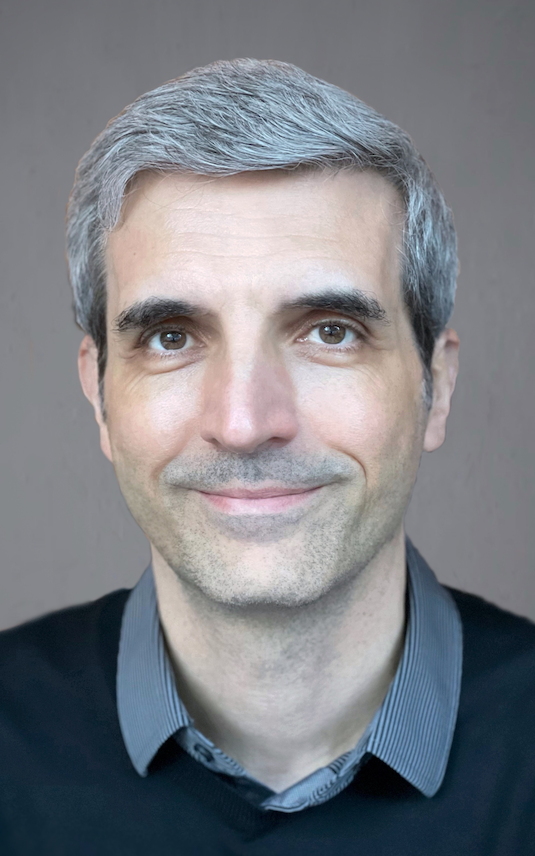Alessandro Coglio

|

I’m a Principal Scientist at Kestrel, where I mainly work on program specification, refinement, transformation, synthesis, and verification, and on their application to a variety of domains.
Currently, I’m working on APT, ATC, ATJ, and other projects.
Previously, I’ve worked on MIDAS, R1CS Verification, ACL2 Ethereum, CASE, DerivationMiner, Hyperproperties, APAC, F6, vTPM, VIBRANCE, Specware, Java, JCRE, AutoSmart, and other projects.
See my general web page for additional information, including publications.